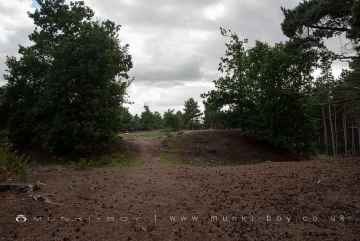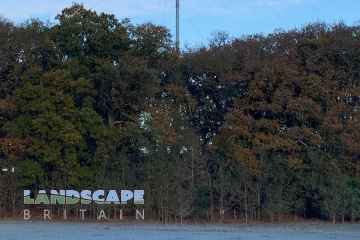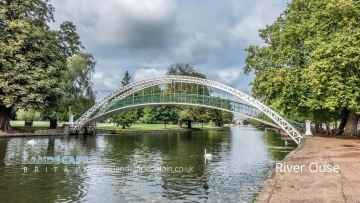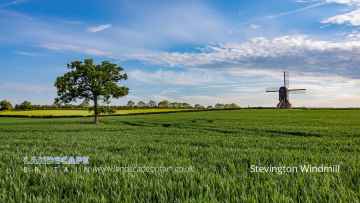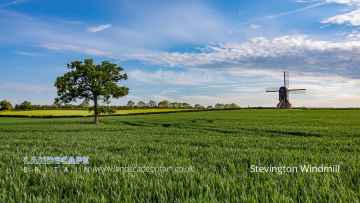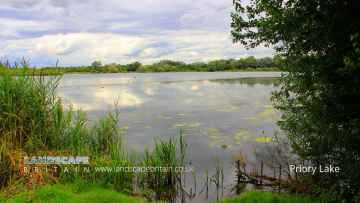Houghton Regis
Houghton Regis is a Town in the county of Bedfordshire.
Houghton Regis in Bedfordshire is located 2.1 km N from Dunstable.
There are great places to visit near Houghton Regis including some great towns, nature reserves, ancient sites, hills, woodlands, rivers and streams, villages, historic buildings, country parks, lakes and shopping centres.
Don't miss Sandy, Bedford, Luton, Dunstable, Leighton Buzzard, Cranfield, and Biggleswade's towns if visiting the area around Houghton Regis.
There are a number of nature reserves near Houghton Regis including RSPB The Lodge, and Sharnbrook Summit.
The area around Houghton Regis boasts some of the best ancient sites including Galley Hill Hillfort, and Ivinghoe Beacon Hill.
Houghton Regis has some unmissable hills nearby like Galley Hill Hillfort, and Ivinghoe Beacon Hill.
The Everton Estate is a great place to visit close to Houghton Regis if you like woodlands.
The area around Houghton Regis's best rivers and streams can be found at River Great Ouse at Bedford.
Stevington, Cardington, Willington - Bedford, Whipsnade, Stewartby, Aspley Guise, and Great Barford are some of Houghton Regis best villages to visit near Houghton Regis.
The area around Houghton Regis features a number of interesting historic buildings including Stevington Windmill, Willington Dovecote and Stables, Bedford School Chapel, Stewartby Brickworks, Great Barford Bridge, Market Place Woburn, and Town Hall at Woburn.
There are a number of country parks near Houghton Regis including Priory Country Park, and Dunstable Downs and Whipsnade Estate.
Don't miss Priory Lake's lakes if visiting the area around Houghton Regis.
The area close to Houghton Regis boasts some of the best shopping centres including The Mall Luton.
Houghton Regis History
There are some historic monuments around Houghton Regis:
Places to see near Houghton Regis
History of Houghton Regis
Bordered by the Chiltern Hills, the town was once a small village that had its character changed when it was earmarked for a massive “London overspill” estate in the 1950s and 60s. The only remains of the manors, rectory land and cottage demesnes around the small village centre are names such as Tithe Farm Road. An indication of the planners’ attempts to make the London migrants feel at home is the naming of the local estate roads after London landmarks; Chelsea Gardens is an example.











